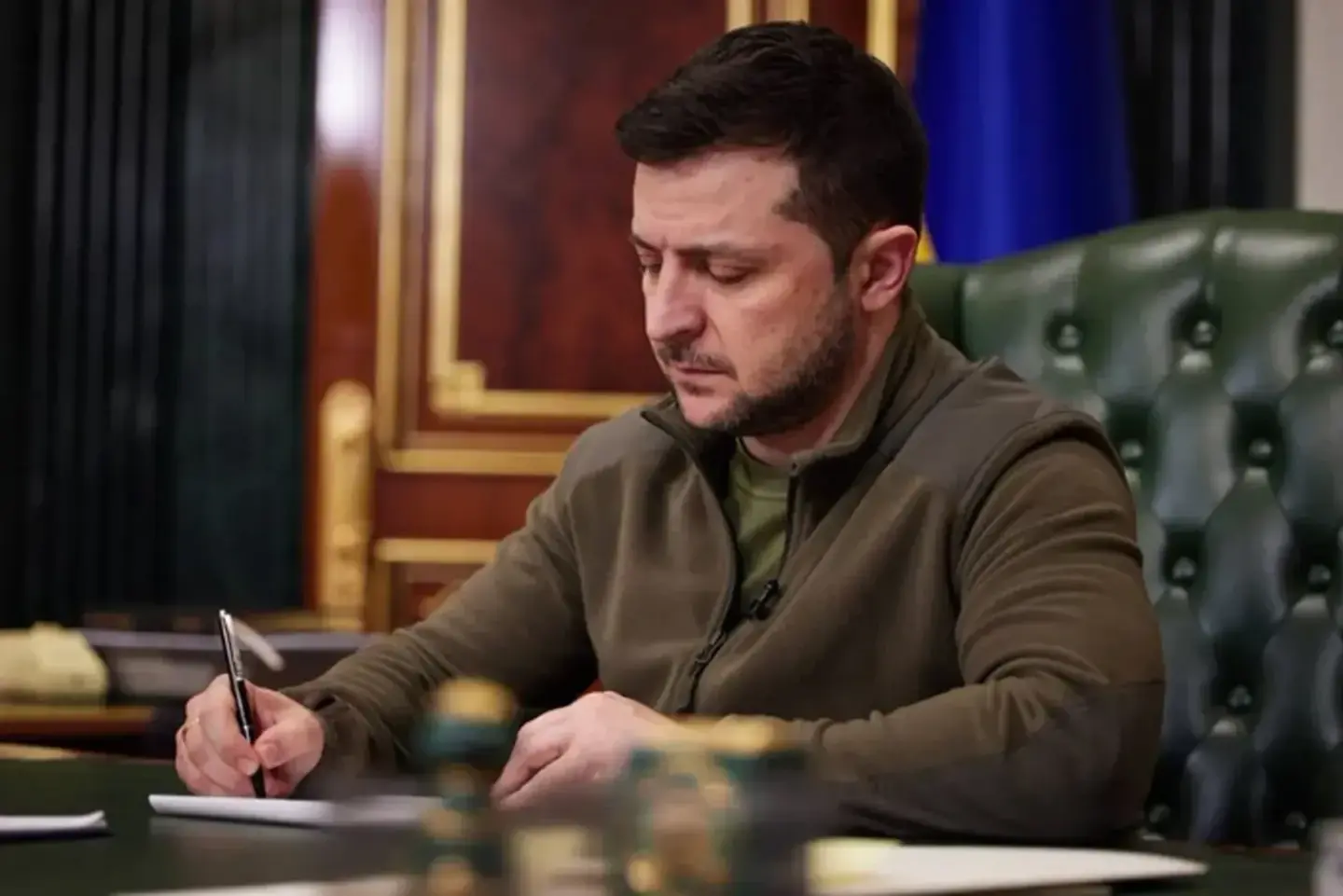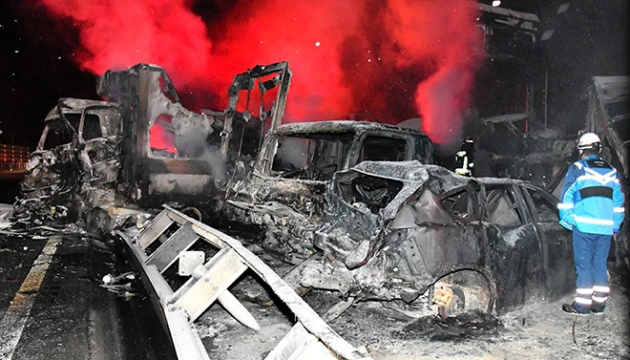Бассейны бывают надувные, каркасные и стационарные. В данной статье речь пойдет об устройстве стационарных конструкций, таких как полипропиленовые бассейны. Стационарные бассейны также подразделяются на два варианта:
1. Бассейн из полипропиленовой чаши — относительно прочный и прост в установке. Надо только выкопать котлован и установить в него конструкцию.
2. Стационарный бассейн из бетонного основания – это оптимальный и долговечный вариант, однако требует больше времени и кропотливой работы.
В случае выбора бассейна из бетонной чаши, существует возможность спроектировать его любого размера, что является значительным плюсом. Если же выбор остановился на полипропиленовом бассейне, то конфигурация котлована зависит от параметров чаши. Бассейн лучше установить в том месте, где отсутствует ветер. Также, если не планируется наличие искусственного обогрева воды в бассейне, то тогда лучше установить его на освещенном, солнечном месте, где нет деревьев и других каких либо строений. После того как определино место устройства бассейна, можно приступать к земляным работам.
Подготовка к земляным работам
Наилучший грунт для основания бассейна – это песок смешанный с глиной. У глинистой почвы хорошая гидроизоляция. Такая почва является более устойчивой и дно бассейна не потрескается. Дополнительно создается прекрасная защита от грунтовых вод. Данная гидроизоляция оберегает бетонный фундамент от разрушения водой, а соответственно увеличивает срок эксплуатации бассейна. Перед началом земляных работ (раскопкой котлована) необходимо выполнить чертеж с фактическими размерами котлована и местности, для наглядности и удобства выполнения строительных работ. Если имеются навыки, это можно сделать самому или обратиться к специалистам. При выполнении чертежа надо учесть толщину стенок бассейна (плитка, бетон, гидроизоляция), необходимо предусмотреть систему сливной канализации с небольшим уклоном для стока воды из бассейна.
Перед раскопкой нужно обозначить территорию будущего котлована, разместив флажки по периметру.
Земляные работы
Раскопки котлована можно выполнить вручную, а если есть возможность, то экскаватором или другой специализированной техникой. Стены и дно котлована утрамбовать, а затем засыпать песком и гравием. Слой песка насыпать толщиной 150 – 200 мм, слой гравия – 100 мм.
Следующий этап – заливка бетоном котлована для устройства чаши бассейна. Для этого, в первую очередь, нужно выполнить начальную изоляцию от воздействия грунтовых вод. Забетонировать, с обязательным применением арматуры, слоем толщиной 80 мм.
Второй этап, предусмотреть гидроизоляцию из ПВХ или полипропиленовых плит.
Третий этап, залить армированным бетоном слой в 200 мм для формирования прочной основной конструкции бассейна.
И наконец, следующий, завершающий этап строительства бассейна — это облицовка плиткой.
Если же устанавливается бассейн из полипропилена, то необходимо ровно установить чашу в котлован. Предварительно закрепить распорки внутри чаши бассейна для твердости и создания правильной формы. Залить бетонной смесью вокруг чаши по периметру, предварительно обернув коммуникации защитным материалом.
Все бассейн готов! После этого осталось украсить сам бассейн и благоустроить прилегающую территорию.


 4253
4253












